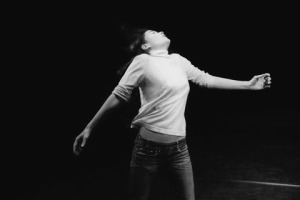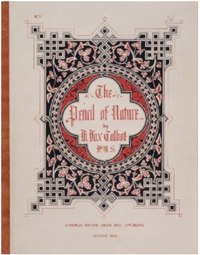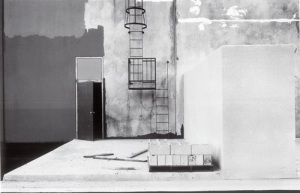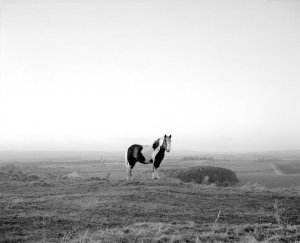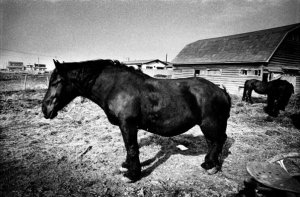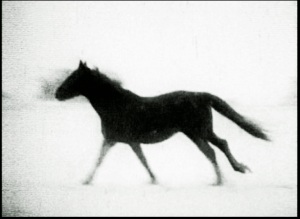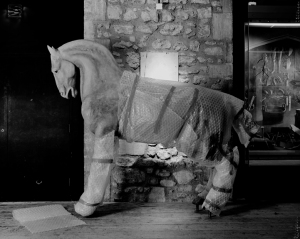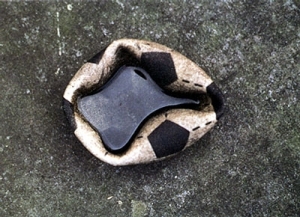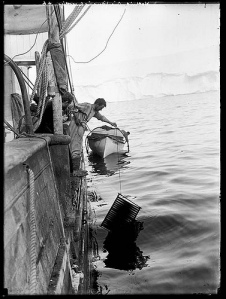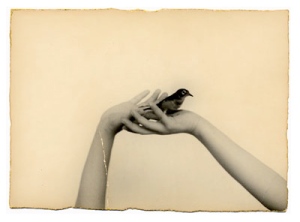I’m in the middle of reading this essay about the work of Robert Frank and William Klein by my old History of Photography lecturer Gerry Badger. The essay (The Indecisive Moment: Frank, Klein and ‘Stream of Consciousness’ Photography) looks at two key books in the mediums history – Frank’s ‘The Americans’ and Kleins ‘New York’:
‘these two books introduced a new kind of attitude into photography. The work was rough, raw, and gestural. It was spontaneous and immediate, highly personal, echoing both the uncertain mood of the era and the characteristics that marked much of the art – especially the American art – of the 1950s.’
One of my favourite photographs from Klein’s ‘New York’ is this one, ‘Hamburger 40c’ (1955):
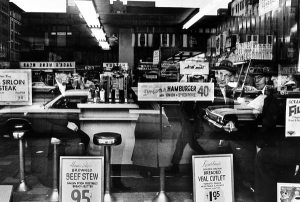
Badger is obviously interested in the way these books captured something of their time, 1955, a period of growing American wealth, the emergence of Jazz and the Beat Poets (Robert Frank’s ‘The Americans’ has an introduction written by Jack Kerouac) all underpinned by the deep psychological unease and even paranoia of the cold war.
With this in mind I am looking at our present moment of world history with its financial problems and ever increasing distrust in the establishment – government, banking, big industry and the media, an I’m wondering if the photographs I see so much of in galleries and museums show any reflection of the era as the work of Frank and Klein did in their time. Im not talking about overtly political or direct photography (here for example), but more about subtle, allegorical work. What photographic artist will stand out as capturing something of the uncertain essence of this time in a way that will become clearer as we move into the future ?
